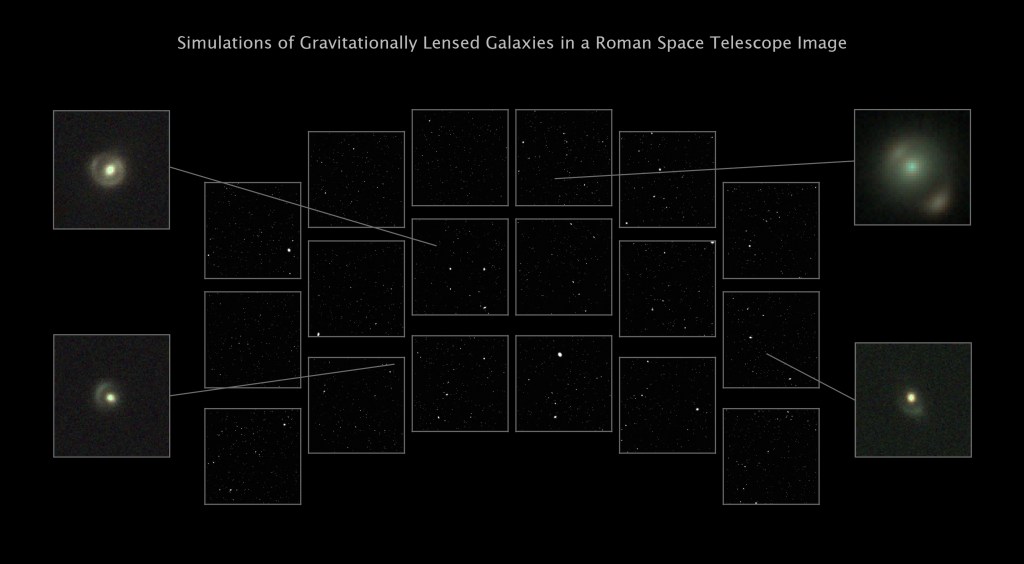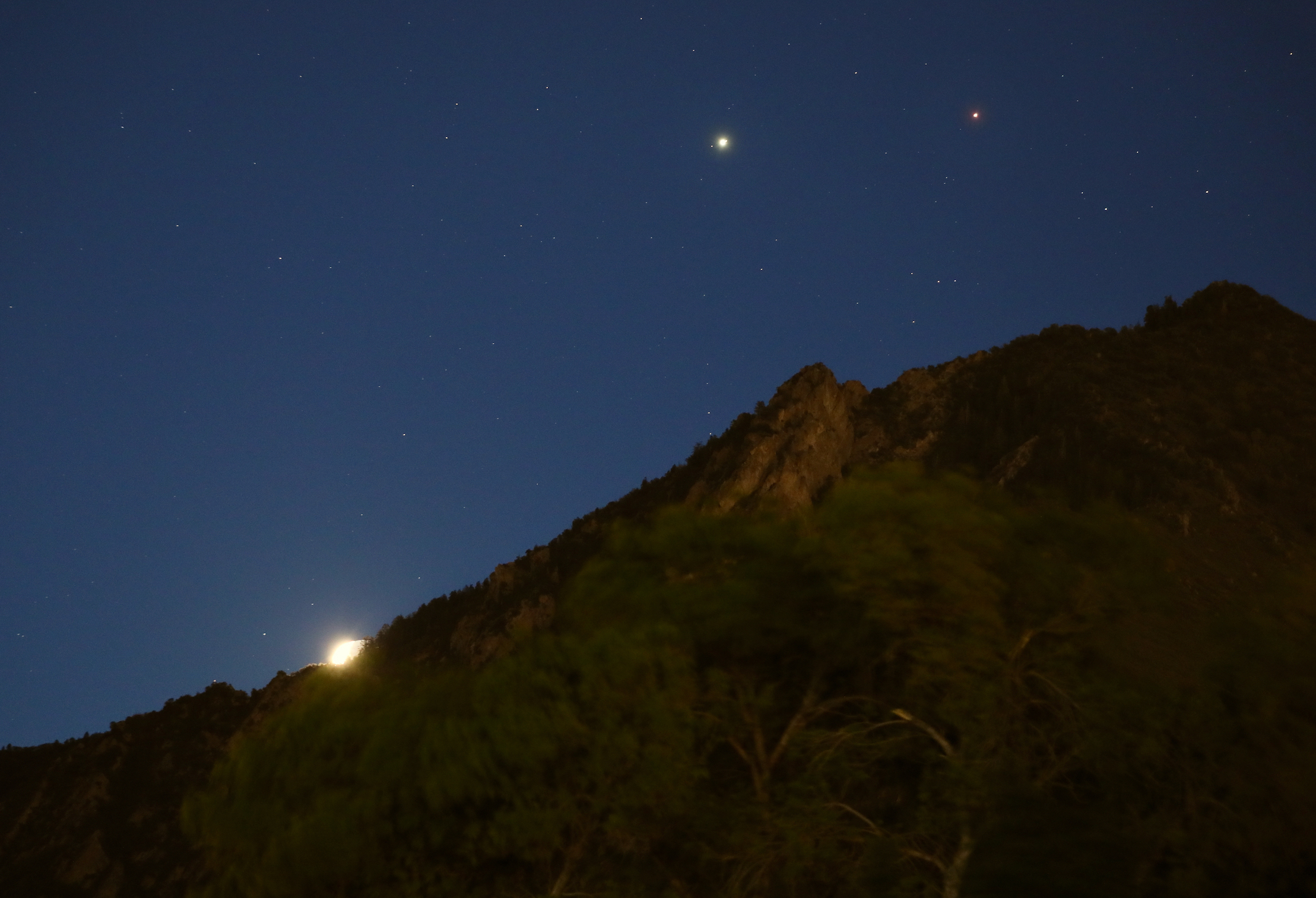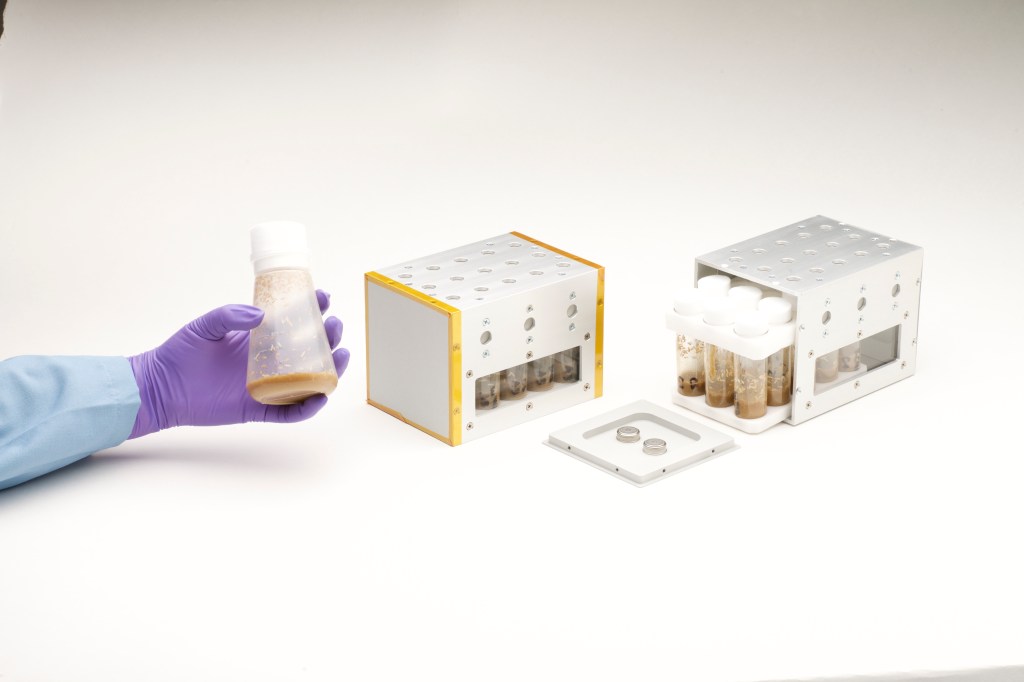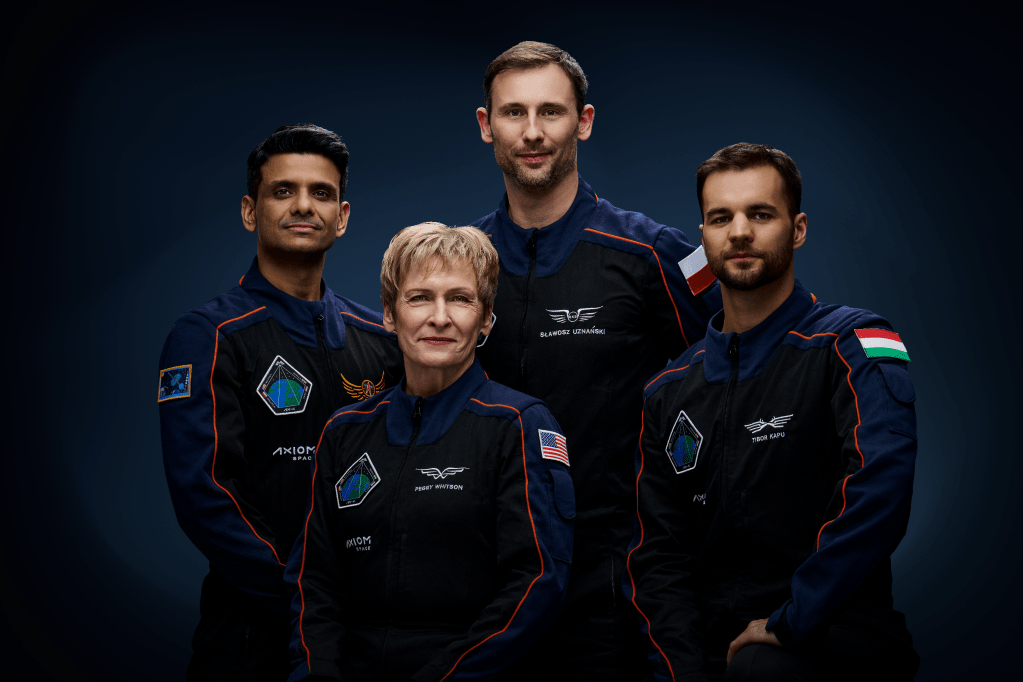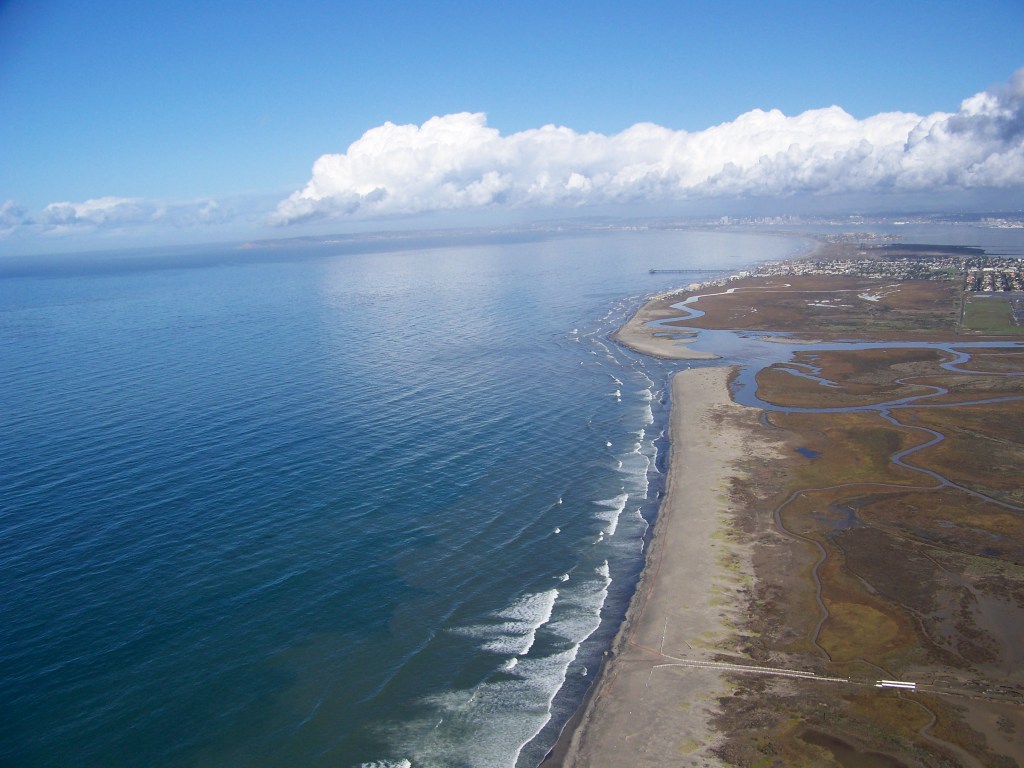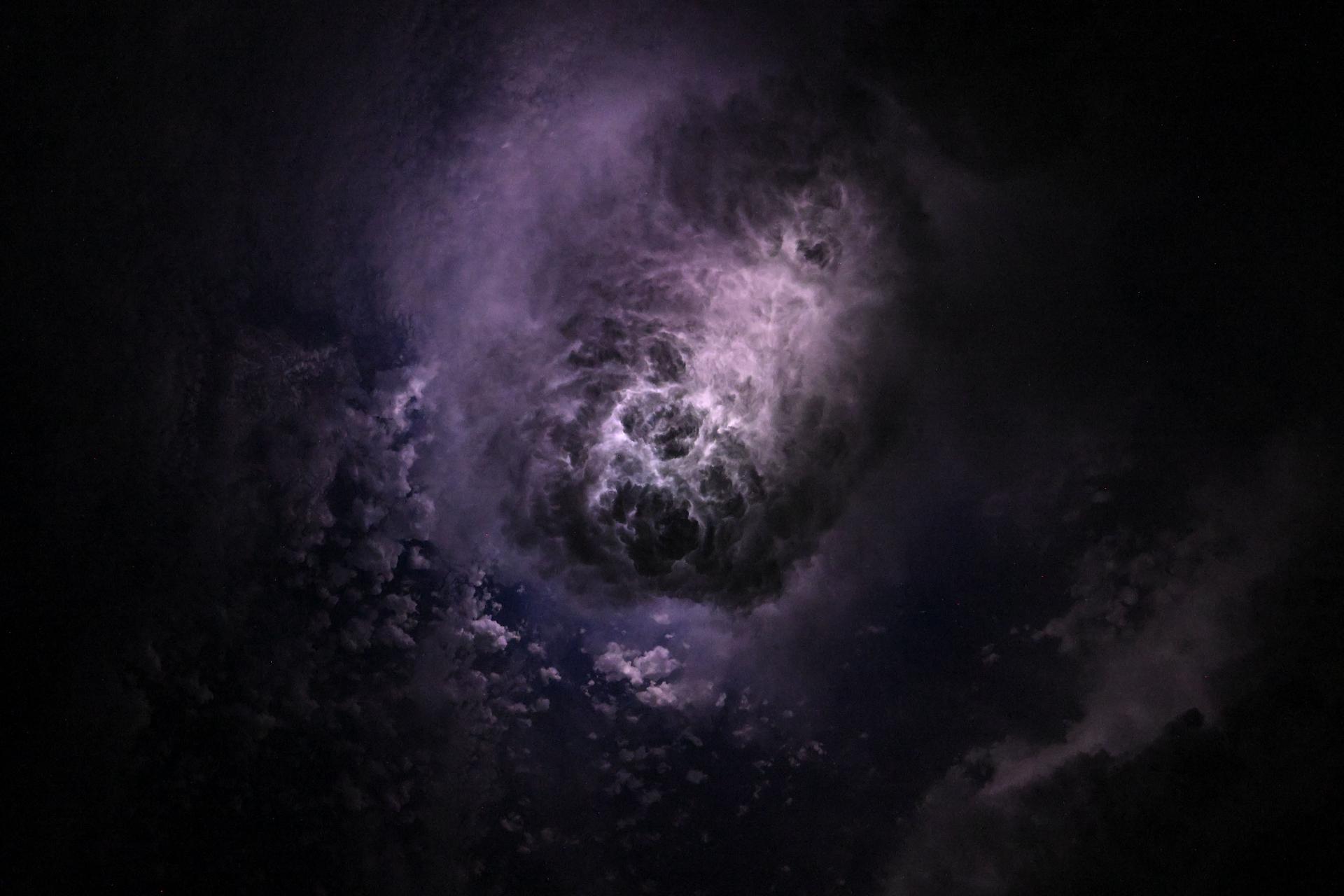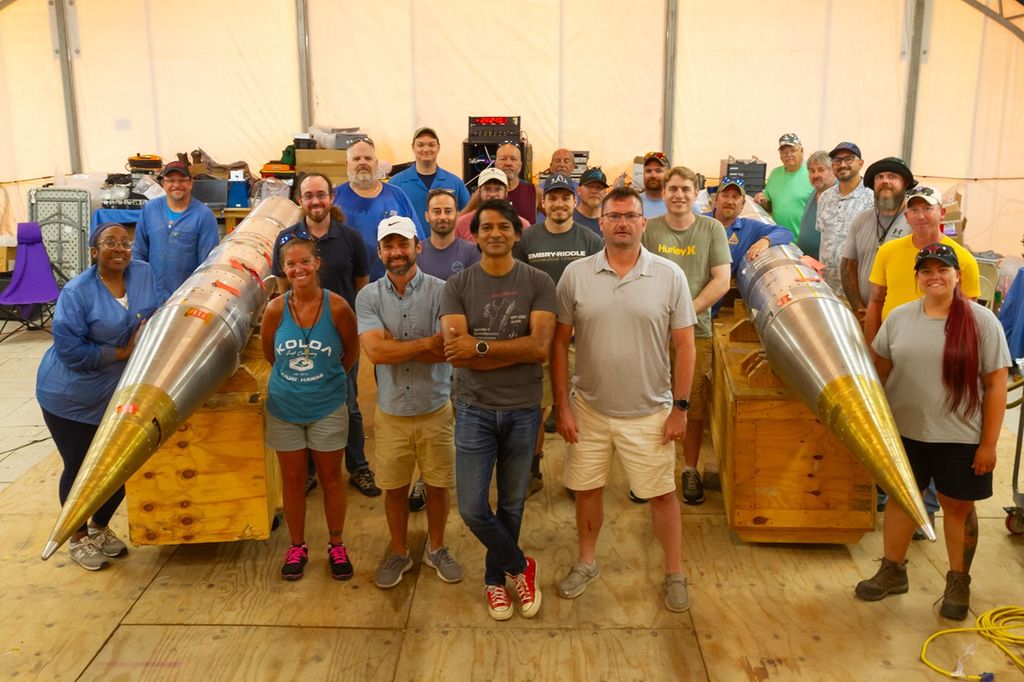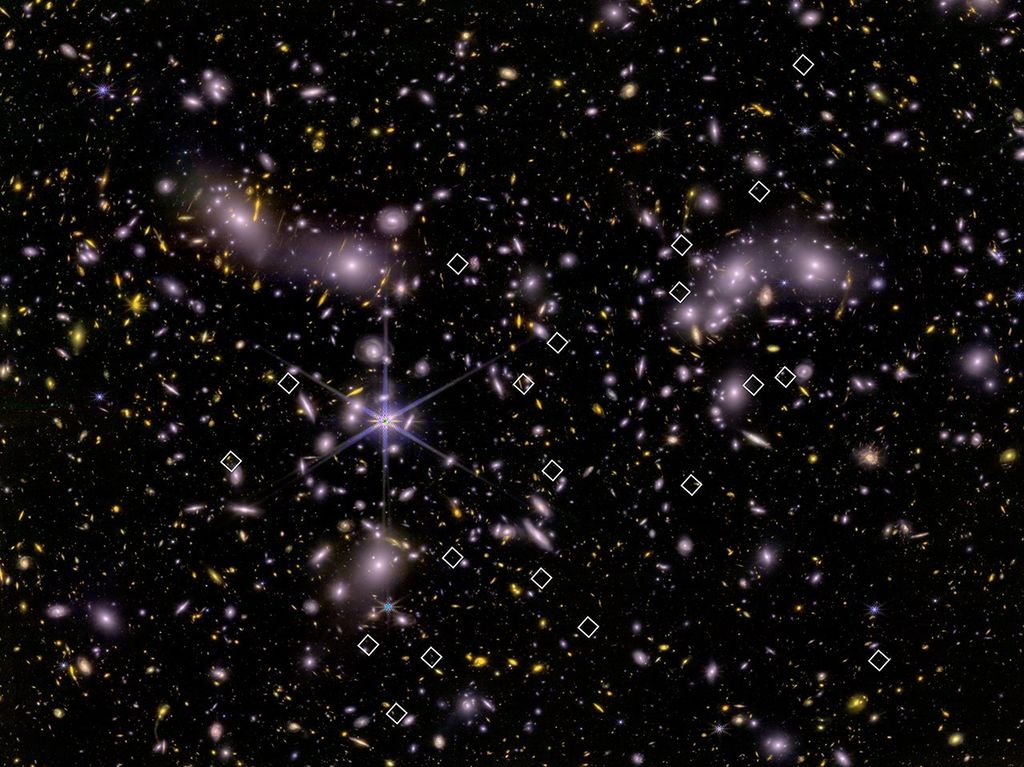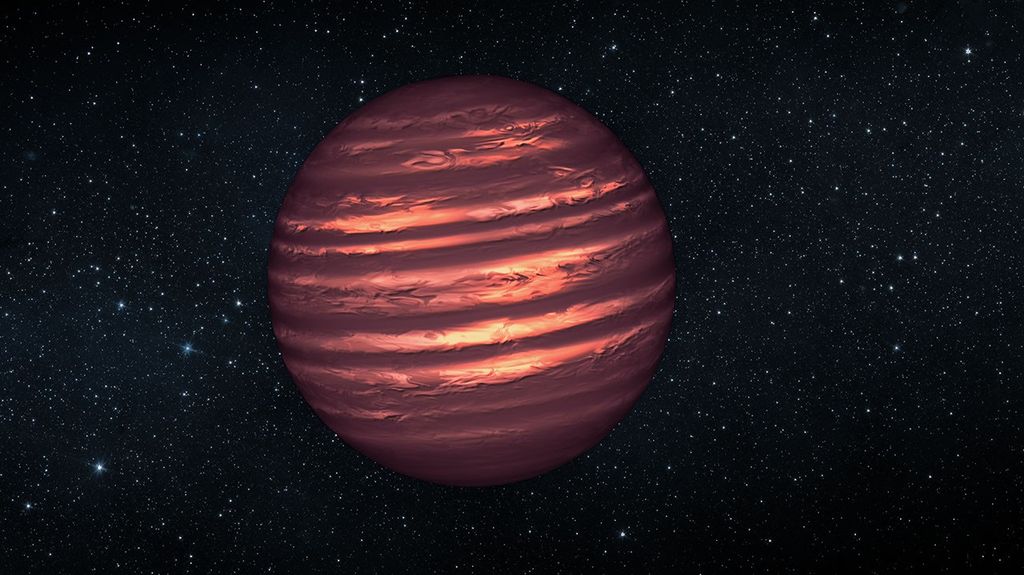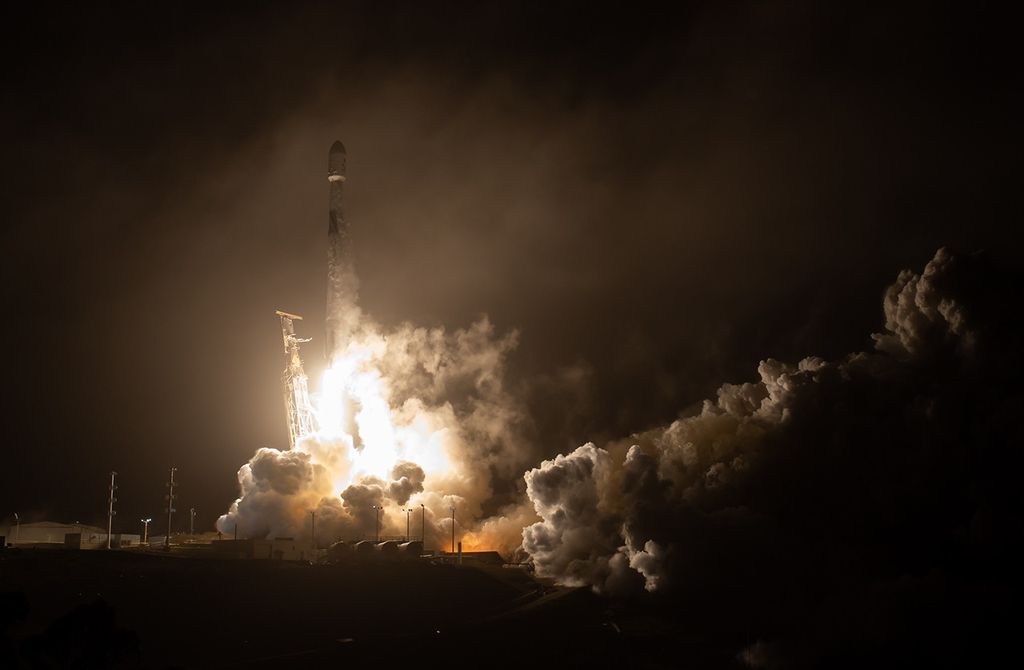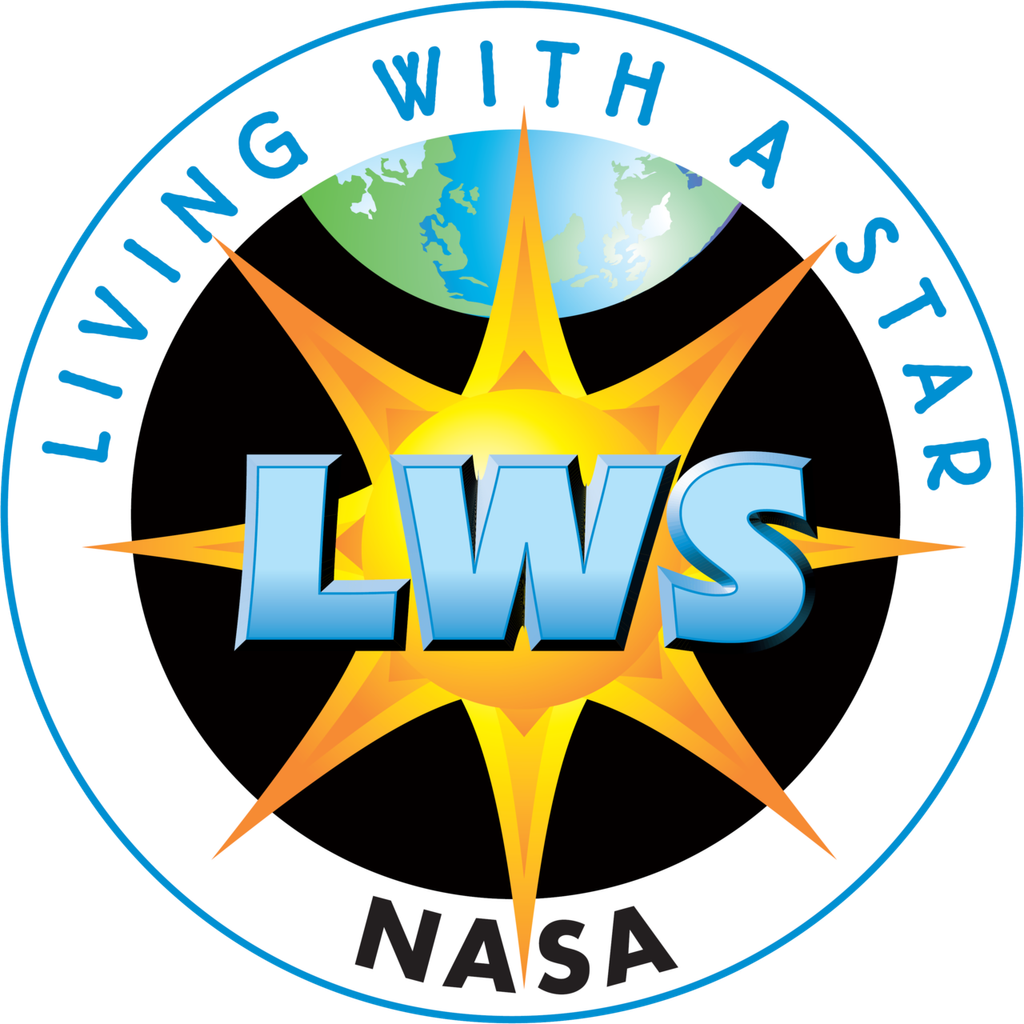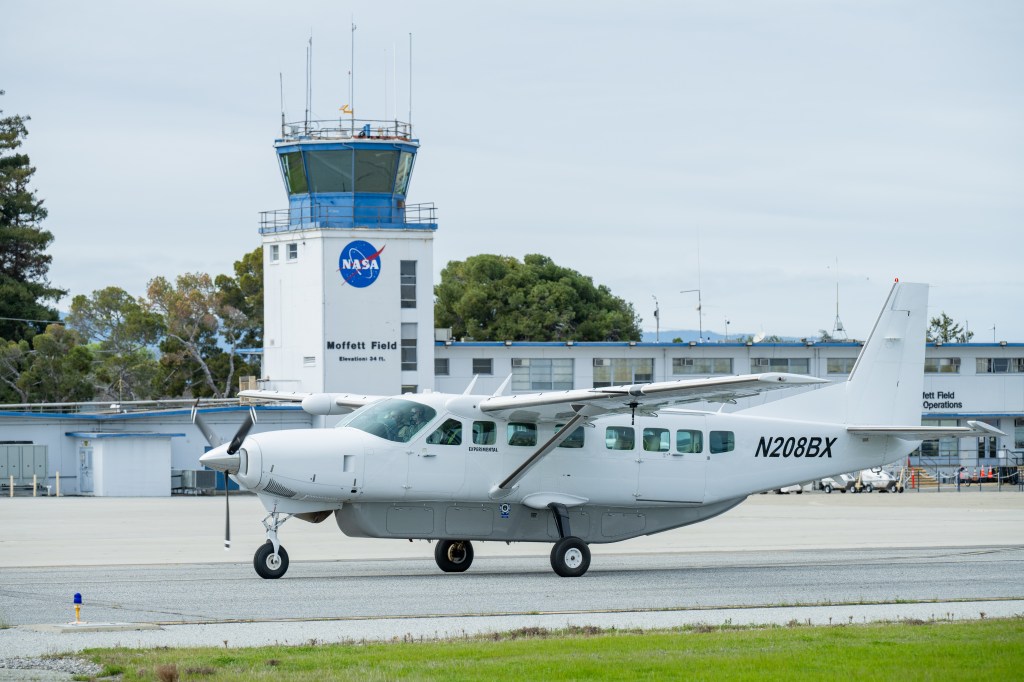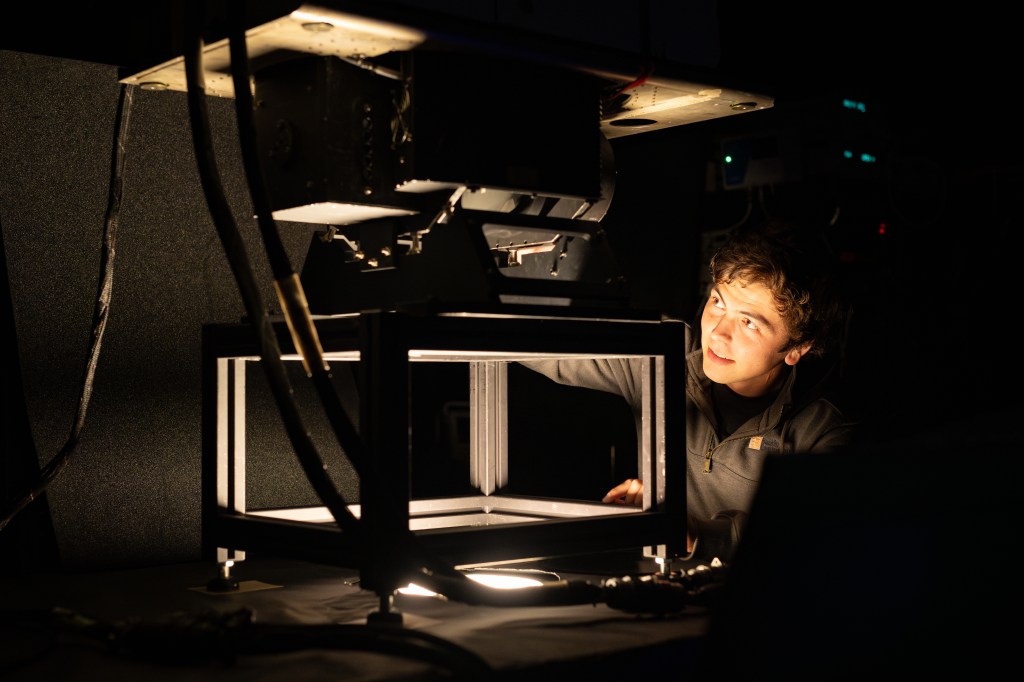Seasonal mountain snowpack is a critical water resource throughout the Western U.S. Snowpack acts as a natural reservoir by storing precipitation throughout the winter months and releasing it as snowmelt when temperatures rise during the spring and summer. This meltwater becomes runoff and serves as a primary freshwater source for major streams, rivers and reservoirs. As a result, snowpack accumulation on high-elevation mountains significantly influences streamflow as well as water storage and allocation for millions of people. Snow water equivalent (SWE) is the most commonly used measurement in water forecasts because it combines information on snow depth and density. SWE refers to the amount of liquid water contained in a snowpack, or the depth of water that would result if a column of snow was completely melted. Water resource managers use measurements and estimates of SWE to support a variety of water management decisions, including managing reservoir storage levels, setting water allocations, and planning for extreme weather events. Over the past several decades, ground-based instruments including snow course and SNOwpack TELemetry (SNOTEL) stations have been used to monitor snowpacks. While ground measures can provide accurate SWE estimates, ground stations tend to be spatially limited and are not easily installed at high elevations. Recently, high resolution satellite imagery has strengthened snow monitoring systems by providing data in otherwise inaccessible areas at frequent time intervals. Given the diverse landscape in the Western U.S. and shifting climate, new and improved methods are needed to accurately measure SWE at a high spatiotemporal resolution to inform water management decisions. The goal of this challenge is to estimate snow water equivalent (SWE) at a high spatiotemporal resolution over the Western U.S. using near real-time data sources.
Partner Organization: Bureau of Reclamation
Awards: $500,000 in total prizes
Track 1 Open Date: Stage 1 – December 7; Stage 2a – January 11; Stage 2b – February 15
Track 1 Close Date: Stage 1 – February 15; Stage 2a – February 15; Stage 2b – July 1
Track 2 Open Date: December 7
Track 2 Close Date: March 15
For more information, visit: https://www.drivendata.org/competitions/86/competition-reclamation-snow-water-dev/


